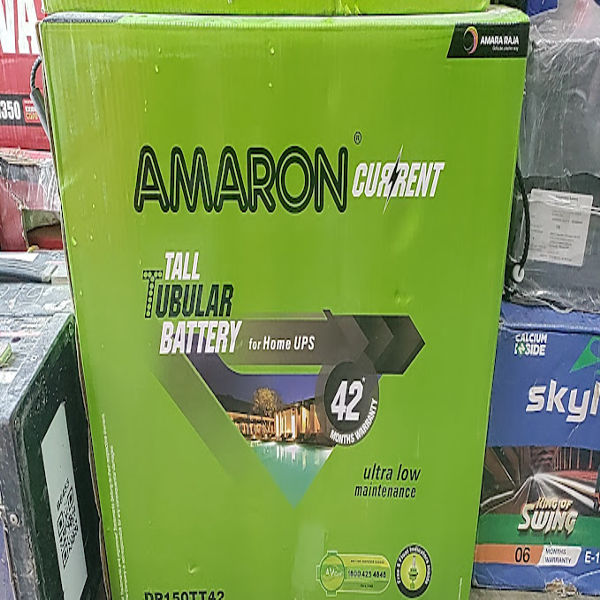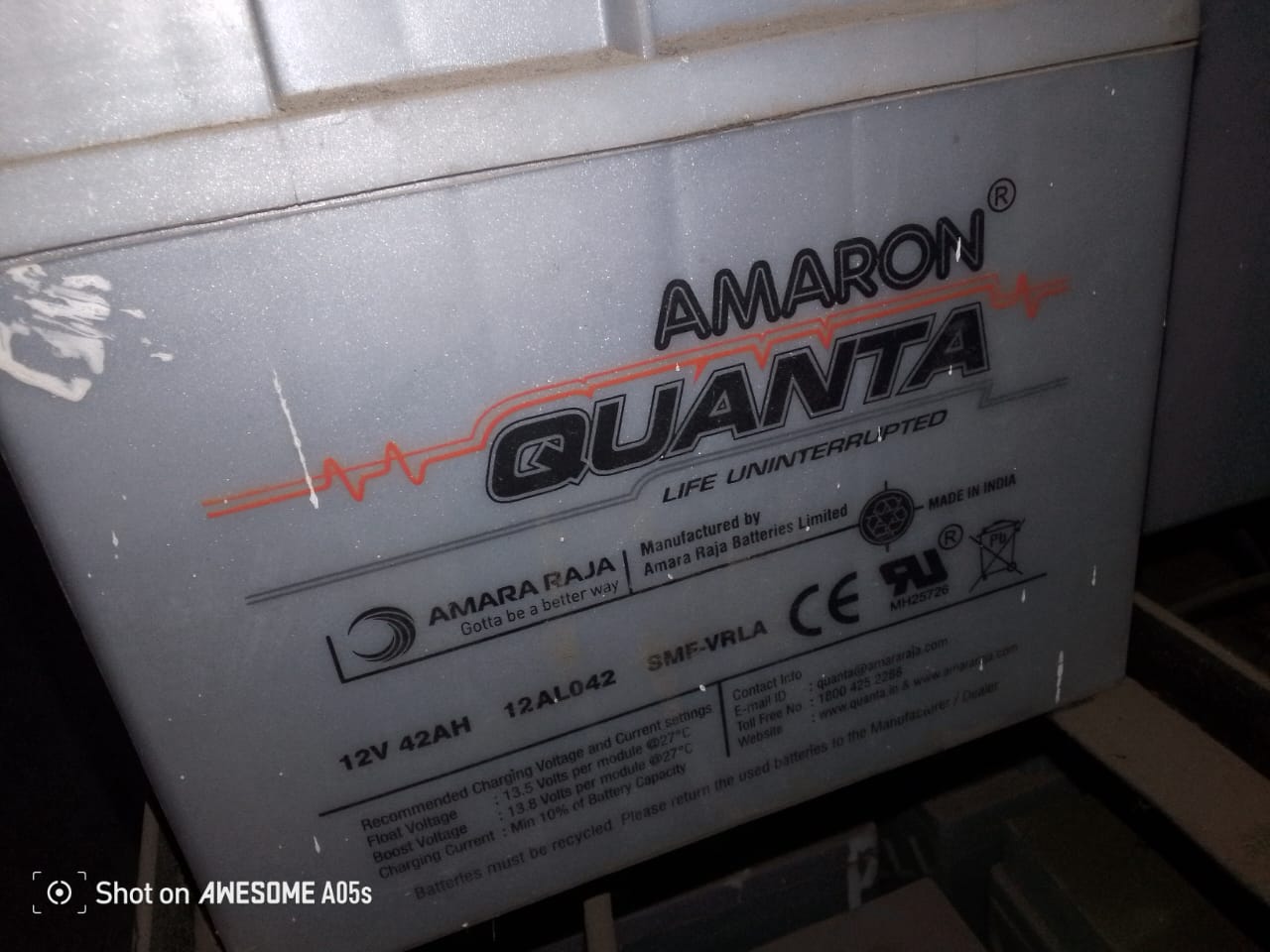Battery replacement is a common maintenance task for various types of power systems, including solar systems, electric vehicles (EVs), UPS (uninterruptible power supplies), and other battery-powered devices. The process and requirements can vary depending on the type of battery used. Below, I'll provide an overview of common types of batteries and the replacement process for each. Types of Batteries and Their Replacement Process 1. Lead-Acid Batteries Common Types: Flooded Lead-Acid (FLA): Requires regular maintenance, such as adding distilled water to the cells. Sealed Lead-Acid (SLA): Maintenance-free and does not require water addition. Absorbent Glass Mat (AGM): A type of SLA battery where the electrolyte is absorbed in glass mats. Gel Lead-Acid Batteries: These use a gel electrolyte instead of liquid and are often used in deep-cycle applications. Replacement Process: Turn off the system: Ensure the system is powered off, and disconnect it from the grid or load. Safety precautions: Wear protective gear, including gloves and goggles, since lead-acid batteries contain sulfuric acid and produce flammable gases. Disconnect terminals: Always disconnect the negative terminal first, followed by the positive terminal. Remove old batteries: Lift and remove the batteries carefully, especially if they're heavy. Clean battery terminals: Inspect and clean the terminals, and remove any corrosion using a mixture of baking soda and water. Install new batteries: Place the new battery in the same configuration as the old one, then reconnect the positive terminal first, followed by the negative terminal. Check the system: Power on the system and check the voltage and charging status. Maintenance Tips: Regularly check the electrolyte levels in flooded batteries. Clean terminals and ensure the battery box or tray is secure. 2. Lithium-Ion Batteries Common Types: Lithium Iron Phosphate (LiFePO4): Common in solar systems and EVs due to its high efficiency and long lifespan. Lithium Nickel Manganese Cobalt (NMC): Found in high-power applications such as EVs and power tools. Lithium Manganese (LiMn2O4): Often used in EVs, power tools, and other high-power applications. Lithium Polymer (LiPo): Typically used in small devices like drones, power banks, and mobile phones. Replacement Process: Turn off the system: Disconnect the power source or system. Safety precautions: Lithium-ion batteries are generally safe but should be handled carefully to avoid overheating, short-circuiting, or damage. Disconnect terminals: Start by disconnecting the negative terminal followed by the positive terminal. Remove the old battery: Lithium-ion batteries are typically lighter and easier to replace than lead-acid batteries. Install the new battery: Place the new battery in the same orientation and secure it. Reconnect terminals: Attach the positive terminal first, followed by the negative terminal. Check the system: Power on the system, and monitor the battery's charging and discharging to ensure it's working properly. Maintenance Tips: Lithium-ion batteries require minimal maintenance, but always ensure they are charged within the recommended voltage range. Battery Management System (BMS) should be monitored to ensure proper functioning and safety. Conclusion: Battery replacement depends on the type of battery and the application. For solar systems, lead-acid, and lithium-ion are the most common, each requiring specific attention during installation. Lead-acid batteries need regular maintenance, especially flooded types. Lithium-ion batteries are easier to replace and have a longer lifespan with minimal maintenance. Always follow safety guidelines when handling batteries, especially lead-acid or lithium-ion, and ensure proper recycling and disposal of old batteries to avoid environmental hazards.








